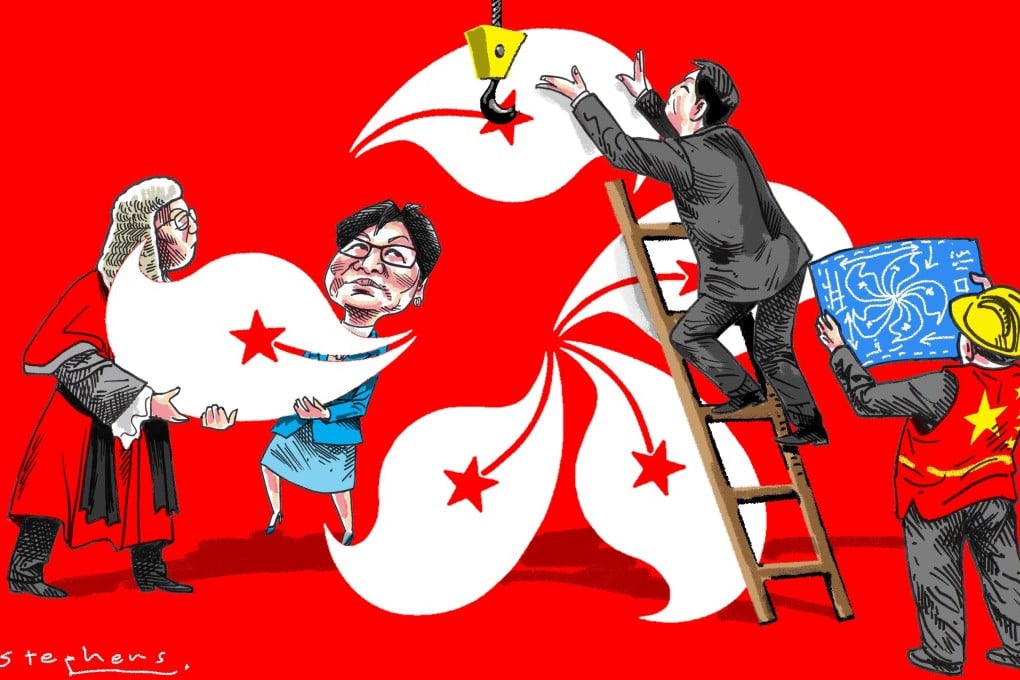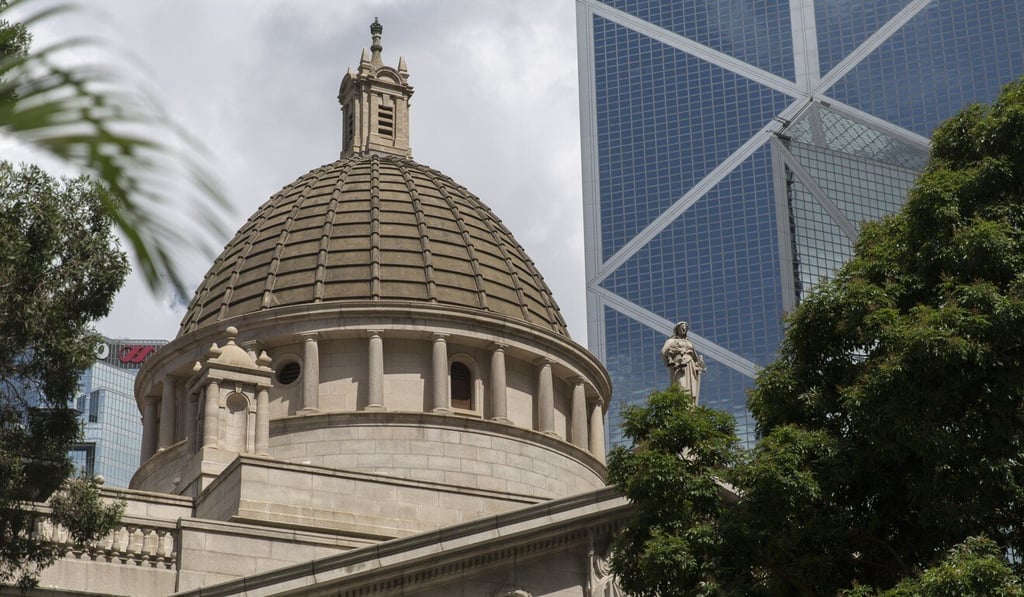Opinion | Why separation of powers has no place in Hong Kong’s political structure
- The Basic Law lays down an executive-led system, while providing for the division of powers among the executive, judiciary and legislature
- While court judgments have referred to ‘separation of powers’, they have not addressed the concept in detail and have also affirmed the executive-led system

The desperate attempt to try to latch on to a phrase or label without properly understanding what it entails is pathetic. The suggestion that the concept of “separation of powers” is a given in the constitutional order of the Hong Kong Special Administrative Region is an oversimplification.
The concept of “separation of powers” has attracted multiple interpretations, expositions and understandings internationally by scholars, judges and academics. Very briefly, the French philosopher Montesquieu’s theory involved the separation of the executive, legislative and judicial powers of government, and the balancing of the unequal power among them. Montesquieu viewed judges as “no more than the mouth that pronounces the words of the law.”
In contrast, the English philosopher John Locke’s exposition differentiates between legislative power, executive power and what he terms “federative” power, which effectively are powers relating to foreign affairs, with no emphasis on the role of the judiciary. The English political theorist M.J.C. Vile’s “pure doctrine” separated the legislative, executive and judicial branches strictly, confining each branch to exercising its own function without encroaching upon the functions of others.

In the United Kingdom, the concept of parliamentary sovereignty, where Parliament is the supreme legal authority, means that it cannot be overruled by the courts. There is also no clear separation between the executive and legislature, and indeed up until 2005, between the legislature and the judiciary either.
In discussing the doctrine of separation of powers, it is important to bear in mind two points. First, the political structure of a state is entirely a matter within the sovereign right of that state. Secondly, the People’s Republic of China is a unitary state and all power comes from the central authorities. The people’s congress system is China’s political system.
